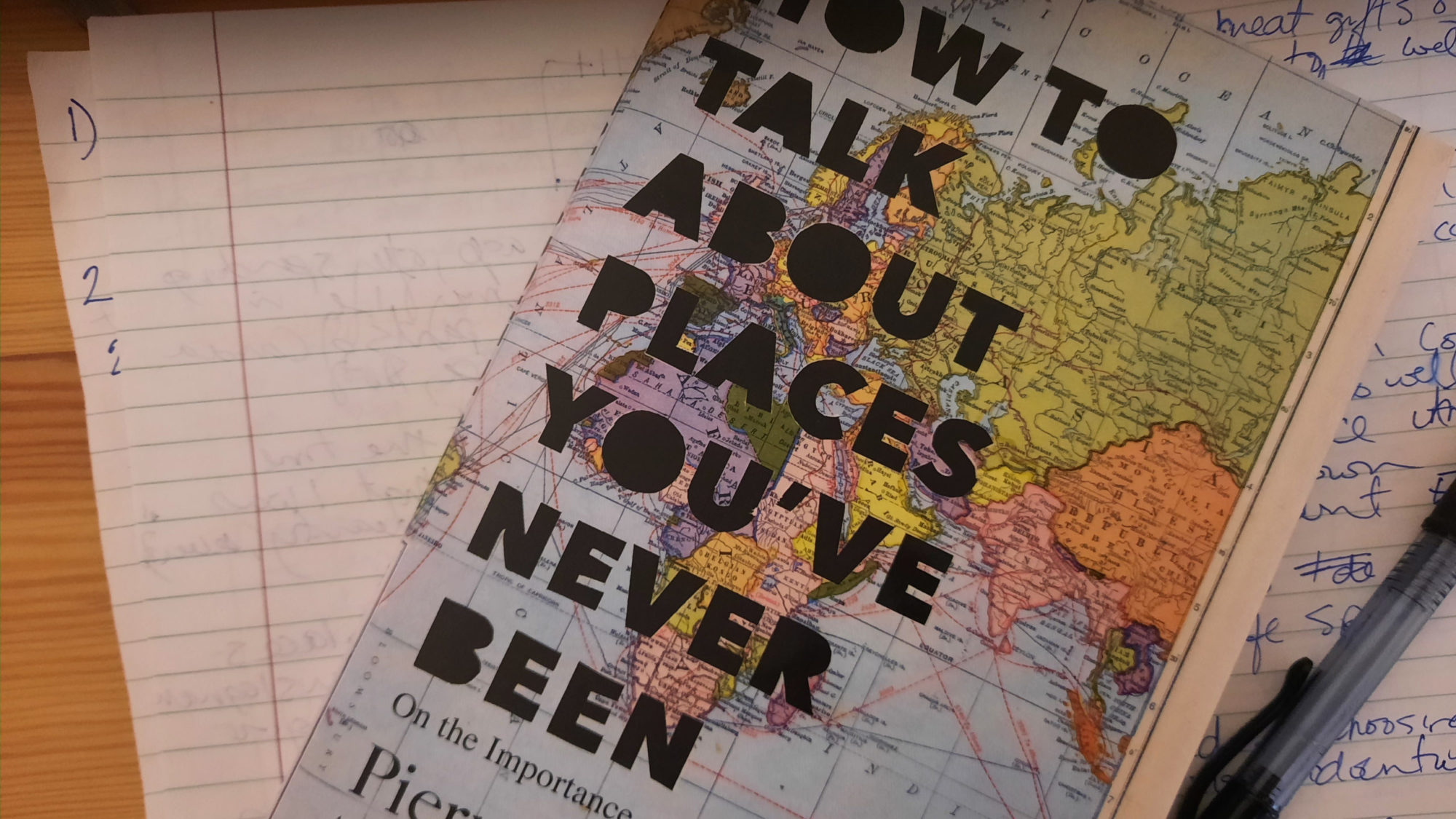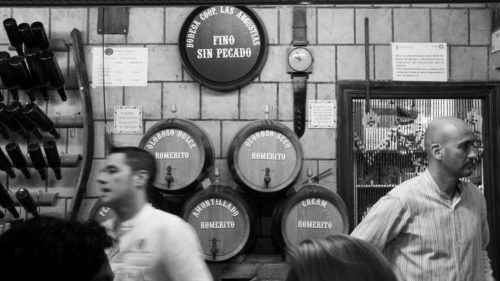Why I Love Armchair Travel
“How to Talk About Places You’ve Never Been” is a book I bought a few years ago when I began teaching in the travel department of the local college. Had my passport been stolen? Was this cheating? Was my professional integrity in tatters? No on all fronts. In fact, despite my initial sense of existential angst, I ended up finding all sorts of treasure in the book and its philosophy.
My reasons for buying the book were that in the classroom I found myself required to talk about places I hadn’t visited, something which had never happened in my long careeer in travel, and which I found deeply challenging. It’s not that there aren’t lots of places I’ve never been to; it’s just that I was used to speaking professionally about places I knew from lived experience. The purpose of the book was to inspire me to talk to my students in a captivating way, as they prepared themselves for work in travel (ironically, from the enclosed boundaries of their campus).
I’ll admit that I bought the book partly in jest. ‘Armchair’ research as a form of preparation for travel had never really played a major role in my own personal travels. Personally, I relish arriving in a place with an open set of expectations. This began with my first trip in South America, now half a life-time ago, back when flights were still pieces of paper and the internet was for letting family know you were still alive. I lugged around my guide book for emergencies but rarely used it, preferring to let conversations and whimsy be a part of my route from one day to the next. It sounds like a travel nightmare for many, but for me at the time, it was absolute freedom. When you travel with limited pre-conceptions, discovery is a constant. I should point out, of course, that I had months of time in which to explore, and that I also got myself into some dicey situations, arriving places with no plan and no understanding of where I was. I’ll spare you the details, but to this day, arriving in a new place by night still stirs up old jitters. I always try to remember the kindness that was bestowed upon me by strangers, and offer it to travellers whom I come across at home and abroad.
But fun as it is, travelling blind has its limits. These days in my role as planner, I map out itineraries with great detail, orchestrating the connection of places and people in a way that for me can feel similar to a rich musical composition. I still like to leave space for discovery and for chance. In many ways it’s the creative tension between a great pre-laid plan and the freedom of exploration which I’m aiming for.
And slowly this became something that I learned to value myself, when preparing to travel to a new place for work. I was a late-comer to armchair research, but a convert.
Enter COVID. During lock-down, like a painting that reveals refreshed meaning as life rolls along, the book’s significance has grown for me during the last 18 months of border closures. The book is described as exploring ‘various forms of non-travel employed by a tradition of writers, scientists, and adventurers who, unconcerned with uprooting, have found their home turf to be the perfect place from which to encounter the foreign cultures they wish to understand and discuss’. Sounds like a zen state of being for a pandemic. We’ve heard the year of 2020 often referred to as the year of ‘non-travel’, the year that the restless at heart bit their nails and ground their teeth. But the author’s preferred and provocative approach to travel research became the only available approach for those of us looking to continue our professional activity and nourish our curiosity. I studied hard.
Now, many of the places that we knew well before the pandemic now require the humility of hard work to understand them all over again. Every guide book in the world is suddenly out of date. Everywhere has changed. Trying to understand how places have changed, without being able to visit, requires far more scrupulous armchair research than can be done by scrolling through social media for the prettiest picture. It means finding a place on-going in books and through current events, from varied sources and angles. It means fostering trust with colleagues in those places from which discussions, queries and questions can be shared, engaging with multiple channels of communication, and of course taking the time and focus for voice-to-voice calls when we cannot meet in the flesh. Bringing the tangible to what could easily feel intangible.
I’m no fan of virtual travel. Travel is physical: you put distance between yourself and home, you enter a foreign culture and surround yourself with foreign language, sounds and smells; you look up, with heightened senses, you meet people, you absorb, you notice differences and you reflect. Travel is a contact sport. But as such it is best when you’re prepared, with humility, with preparation, with learning… with books. Get an armchair – it’ll make you a better traveller.
For all her claims about staying home, at time of writing Nancy is researching in Panama, deep in the rainforest and definitely not in an armchair. Email her here for dispatches from the road or to get her to talk about a place she HAS been.


